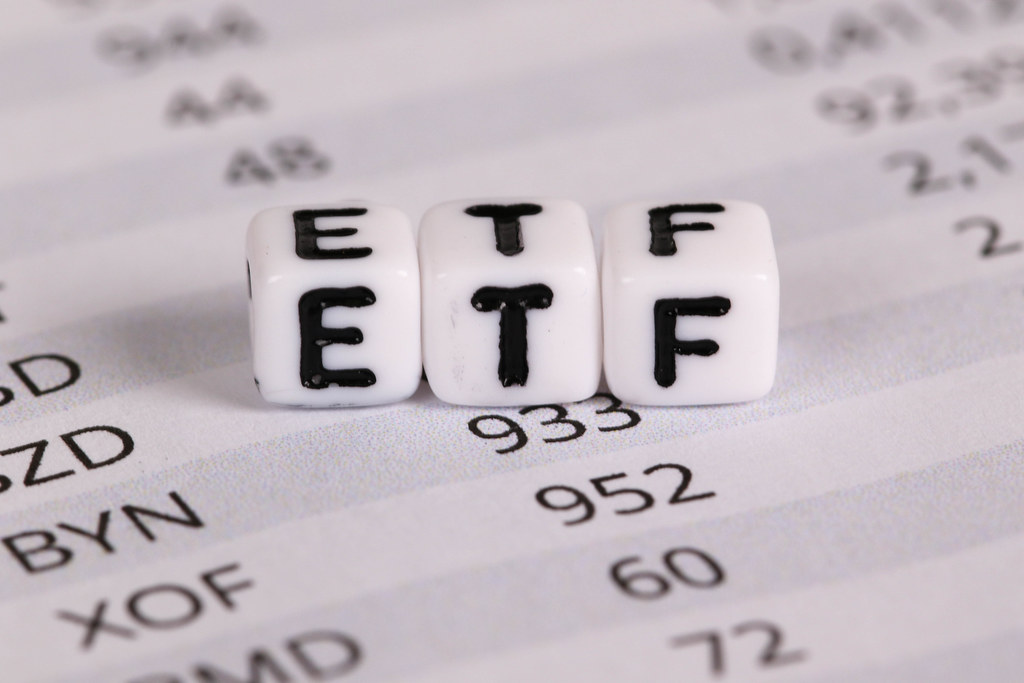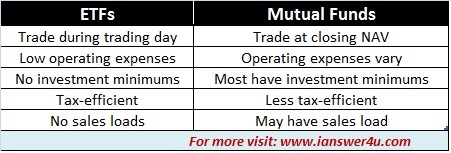Investing in utility bond exchange-traded funds (ETFs) can be an excellent choice for investors seeking stable income and diversification. These ETFs provide exposure to utility bonds, which are debt securities issued by electric, gas, water, and other utility companies.
In this article, we will explore the factors to consider before investing in utility bond ETFs, the types of utility bond ETFs available in the market, how to evaluate them for investment, notable utility bond ETFs in the market, and a case study on investing in utility bond ETFs during economic downturns.
So if you’re interested in learning more about investing in utility bond ETFs and want to make informed decisions about your portfolio, read on!
Factors to Consider Before Investing in Utility Bond ETFs
Before investing in utility bond ETFs, it’s important to consider key factors that can impact their performance. These include:
Utility bonds are sensitive to changes in interest rates. When rates rise, bond prices tend to decline, while falling rates can increase bond values. Utility bond ETFs mitigate this risk by holding a diversified portfolio of bonds with varying maturities.
Assessing the credit quality of underlying bonds is crucial. Credit ratings provide insights into the issuer’s ability to meet debt obligations. Higher-rated bonds generally have lower default risk but may offer lower yields.
Comparing expense ratios and fees is essential. These costs affect overall returns generated by the ETF. Choosing utility bond ETFs with competitive fees can help maximize net returns.
Considering these factors will enable investors to make informed decisions when investing in utility bond ETFs and potentially achieve their investment goals more effectively.
Types of Utility Bond ETFs Available in the Market
Utility bond ETFs are available in two main types: passively managed and actively managed.
Passively managed utility bond ETFs aim to replicate the performance of specific indexes or benchmarks, providing investors with exposure to a diversified portfolio without relying on active management.
Analyzing factors such as yield, volatility, and total return can help compare the historical performance of different passively managed utility bond ETFs.
On the other hand, actively managed utility bond ETFs employ experienced managers who use their expertise and research capabilities to select bonds they believe will outperform the market. Evaluating their historical performance against relevant benchmarks can help assess their effectiveness in delivering value-added returns.
Investors should consider their investment goals and preferences when choosing between these types of utility bond ETFs. Passively managed ETFs offer low-cost efficiency, while actively managed ones provide potential for outperformance based on active management strategies.
In summary, understanding the differences between passively and actively managed utility bond ETFs is crucial for making informed investment decisions in the utility sector.
How to Evaluate a Utility Bond ETF for Investment?
When evaluating utility bond ETFs for investment, there are key factors to consider. Understanding the fund’s objectives and strategy helps align your goals with the fund. Analyzing historical performance gives insight into its track record, while expense ratios, tracking error, and liquidity assess cost-efficiency and tradability.
Consider the fund’s asset size and trading volume to gauge investor confidence and market liquidity. Lastly, evaluate the fund manager’s experience for effective portfolio management strategies. Thorough evaluation ensures an informed decision when investing in utility bond ETFs.
Notable Utility Bond ETFs in the Market
Two notable utility bond ETFs available in the market are the Vanguard Utilities ETF (VPU) and the iShares U.S. Utilities ETF (IDU).
The Vanguard Utilities ETF aims to track the performance of the MSCI US Investable Market Utilities 25/50 Index, offering broad exposure to U.S. utility companies’ bonds.
The iShares U.S. Utilities ETF seeks to replicate the investment results of the Dow Jones U.S. Utilities Index, providing investors with exposure to a range of debt securities issued by U.S.-based utility companies.
Analyzing the historical performance and returns of these utility bond ETFs can help investors assess their potential for generating stable income and capital appreciation over time.
By understanding their past trends, individuals can make informed decisions about incorporating them into their investment strategy for diversification and potential long-term gains.
Investing in Utility Bond ETFs during Economic Downturns
During economic downturns, utility bond ETFs have proven to be resilient and provide stability for investors. These ETFs offer exposure to bonds issued by utility companies, which operate in essential sectors like electricity, gas, and water. Utility bonds are considered safer investments due to the essential nature of the services provided.
Analyzing historical data reveals that utility bond ETFs have performed well during previous economic crises. For instance, during the 2008 global financial crisis, these ETFs demonstrated remarkable resilience compared to broader market indices.
Their stable returns and lower correlation with equity markets make them attractive options for risk-averse investors seeking shelter from market volatility.
Utility bond ETFs also offer consistent income through interest payments even during economic downturns. The reliable cash flow generated by essential services contributes to the steady performance of these funds.
In summary, investing in utility bond ETFs during economic downturns can add stability and defensive characteristics to investment portfolios. These funds have a track record of weathering crises and providing consistent income.
Conclusion
[lyte id=’G59jnW1yShA’]




